
The first sake I tried was at a Japanese restaurant in Philadelphia. It was hot, served in a masu cup, and paired with sushi. It wasn’t until moving to Portland and exploring the Oregon and Japanese sake scenes that I grasped the variety within the sake category, beyond its misconceptions as a Japanese wine. Today, I drink sake chilled and consider it one of the most versatile beverages to pair with food. Even with pizza!
While it may seem intimidating to decode a sake list, you don’t want to miss out on the vast number of flavor profiles and pairings. When looking at a sake menu, you’ll notice the names are broken down into categories like Junmai, Ginjo, Daiginjo, Honjozo, and Futsu. Similar to the varieties on a wine list, each word means something different, indicating how the sake is made and how it will taste. Now that you have some background, let’s take a look at the different styles of sake.
Junmai sake is made from just rice, water, koji, and yeast. There is no brewer’s alcohol added in the process because to qualify as Junmai the sake must be “pure”. Typically, the rice in Junmai sake is polished to at least 70% of its original size. While the Junmai classification is broad, its flavor profile often offers savory notes and a full body.
Our recommendation: SakéMoto

Junmai Ginjo is a specialty at SakéOne and many of our products are made in this style. This premium sake is made with rice, of which 40% is milled, while 60% retain their original size. To meet the requirements of a Junmai Ginjo, the brewer does not add in distilled alcohol.
Our recommendation: Momokawa Diamond
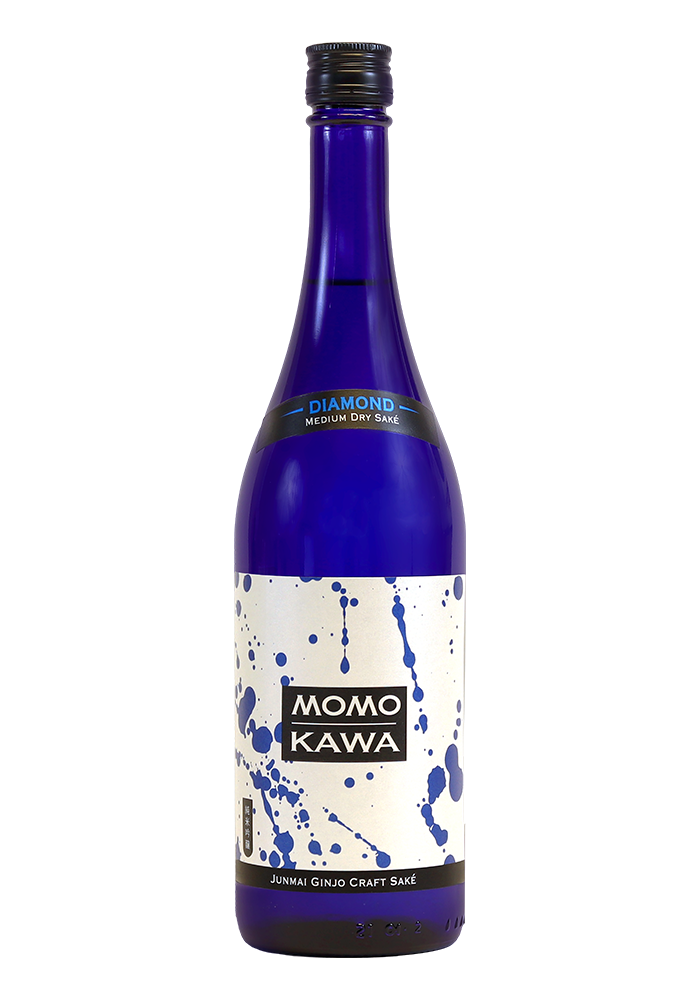
Ginjo sake meets the same rice polishing requirements as Junmai Ginjo. During the sake brewing process, brewers add distilled alcohol to achieve different flavor profiles, unlike Junmai Ginjo.
Our recommendation: Yoshinogawa Gokujo
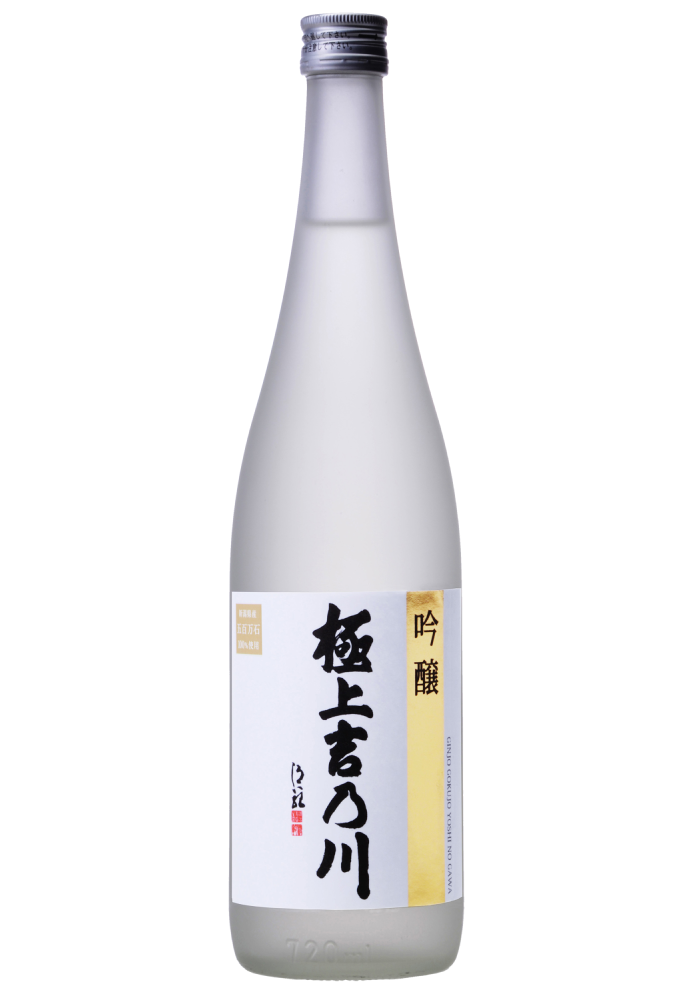
Junmai Daiginjo is an ultra-premium sake brewed with rice milled down to 50% of the original size.
Our recommendation: Hakutsuru Ukiyo-E
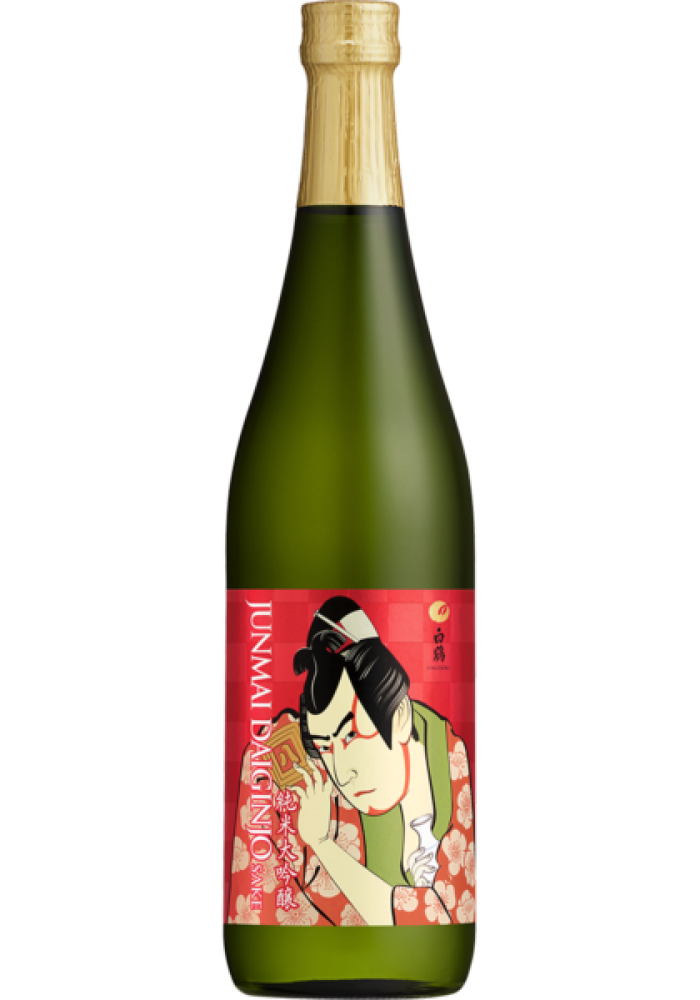
Daiginjo follows the same process as Junmai Daiginjo except for the small amount of distilled brewer’s alcohol that is added to the sake after fermentation.
Our recommendation: Yoshinogawa Golden Gourd
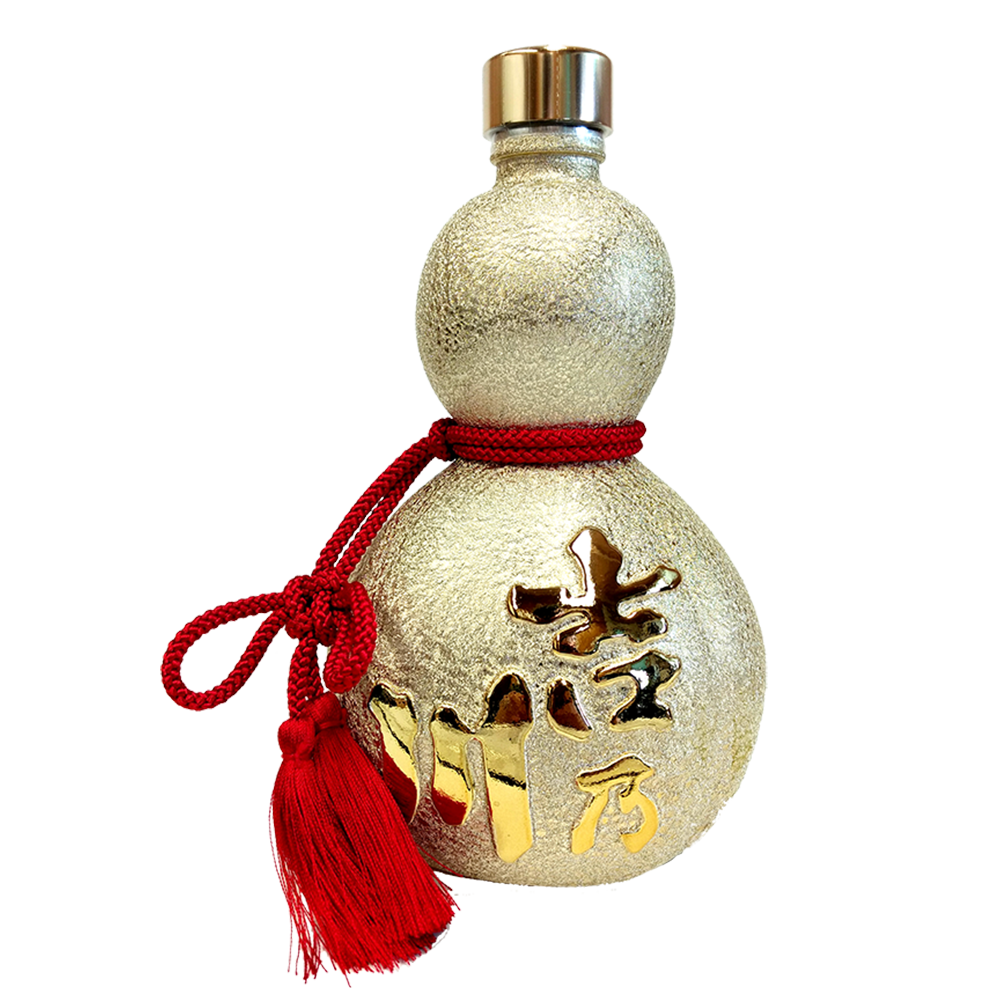
Honjozo is similar to Junmai because the rice is polished to at least 70% of the original size. To qualify as Honjozo, a small amount of distilled alcohol is added to the sake.
Our recommendation: Murai Family Tokubetsu Honjozo
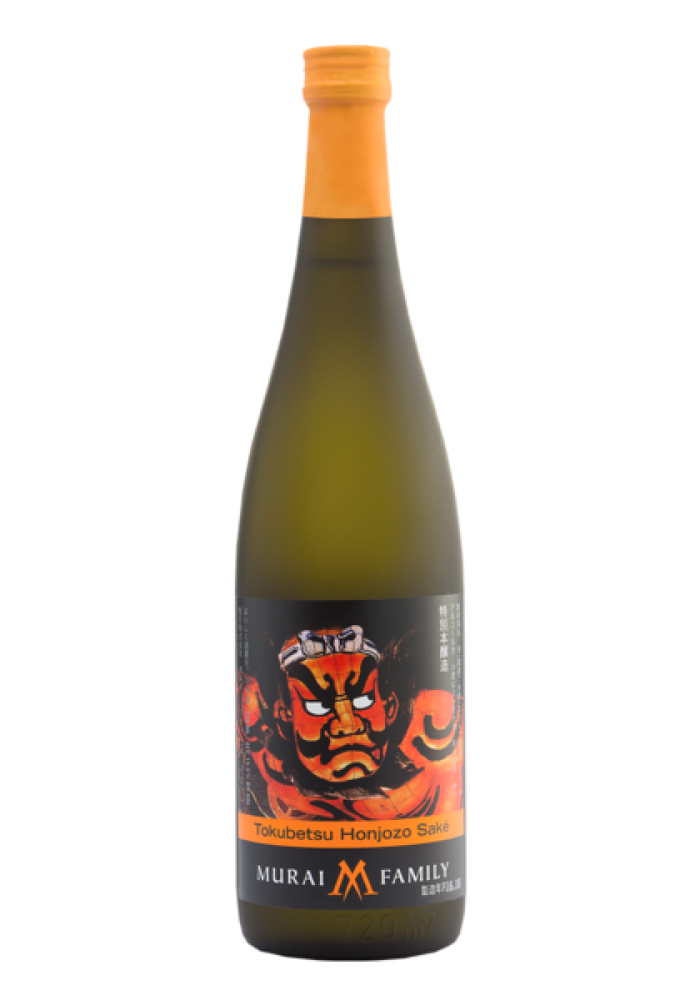
Futsu sake, known as table sake, is not restricted on polish ratio. Also, the brewer has the freedom to choose whether distilled alcohol is added after fermentation.
Our recommendation: Yoshinogawa Shinmai Shikomi Shinshu
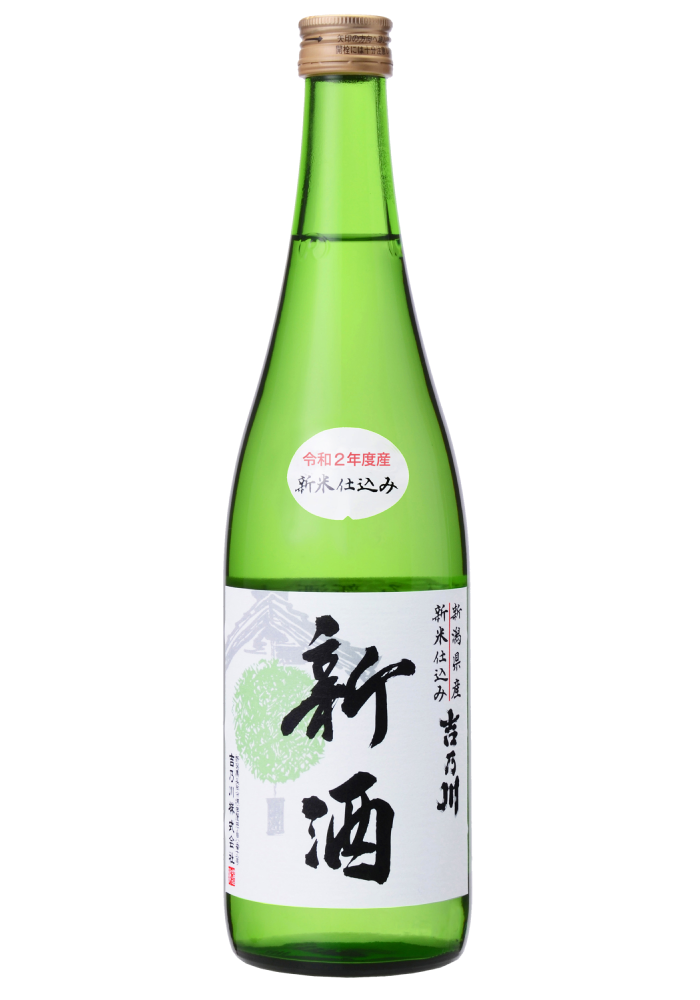
Nigori is a cloudy sake that is coarsely filtered to allow flavorful and aromatic sediments to remain in the beverage. This style is often sweet, soft, and silky.
Our recommendation: Hakutsuru Sayuri Nigori
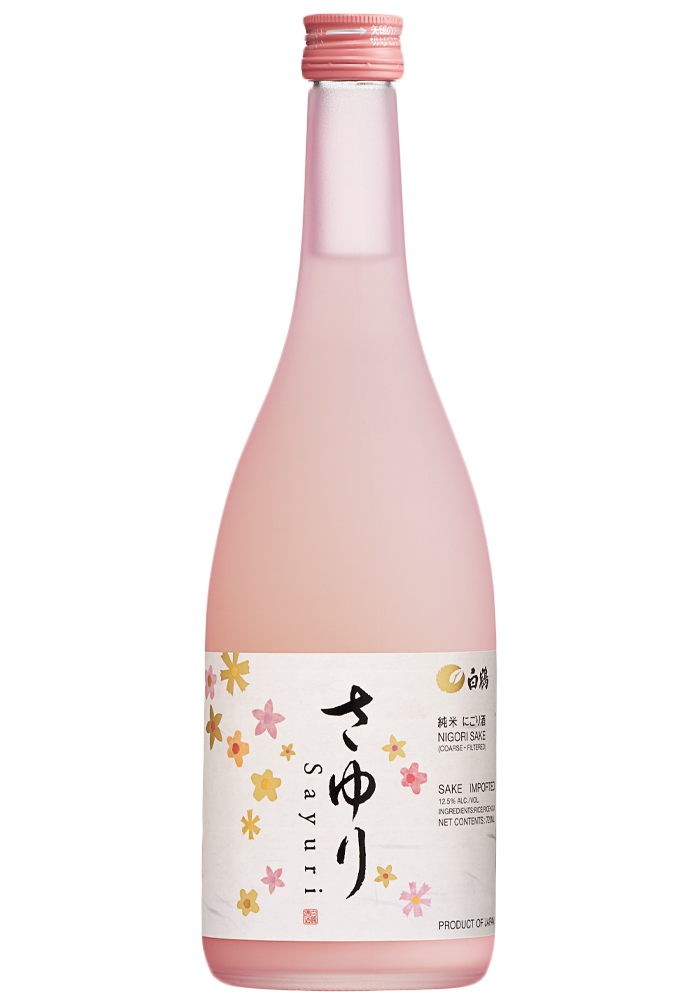
A different take on a “bubbly” favorite. The bubbles in sparkling sake are formed by trapping CO2 produced from a second yeast fermentation, or by injecting CO2. We love using sparkling sake to make mimosas!
Our recommendation: Hakutsuru Awa Yuki
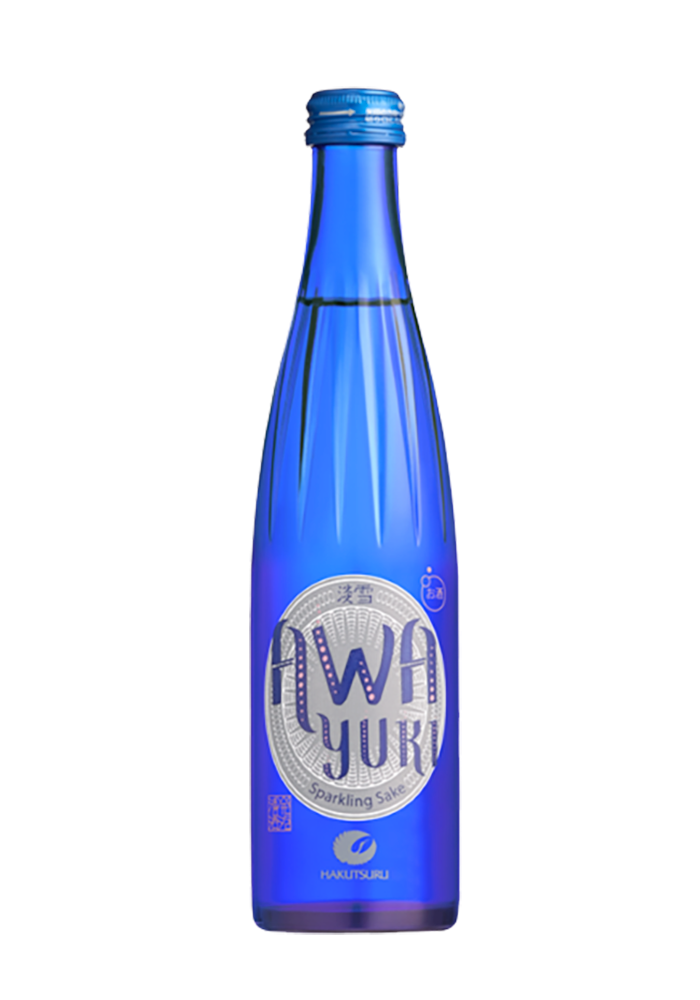
Tokubetsu is a term used to designate a “special sake”. Often the rice is milled more than the standard. The Momokawa Silver sake is classified as a Tokubetsu because of its unique dry and crisp mouthfeel.
Our recommendation: Momokawa Silver
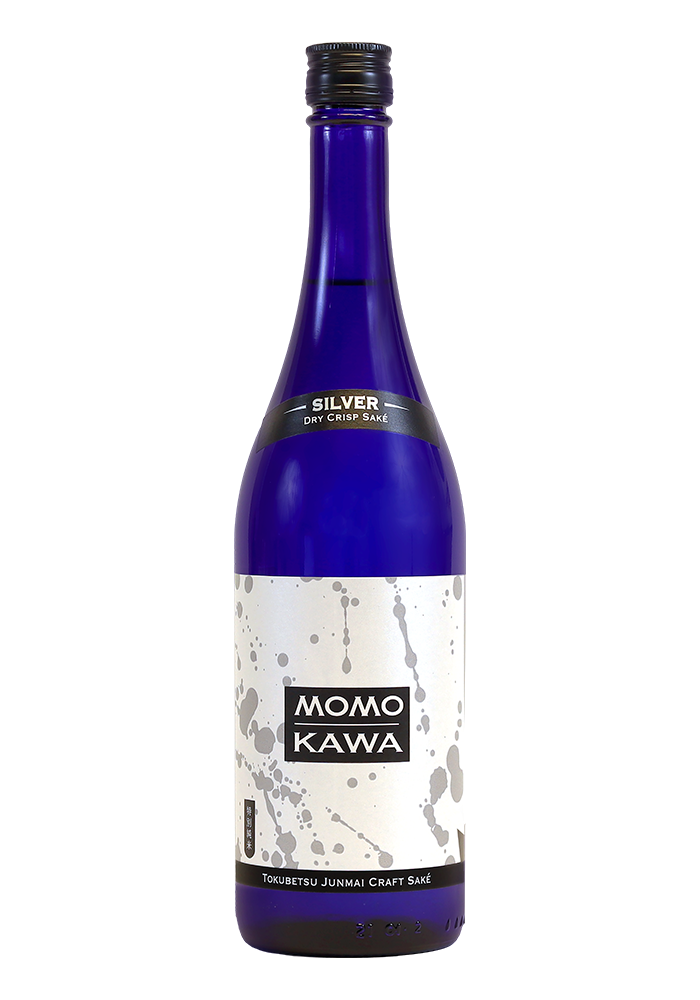
Genshu sake is often diluted with water to achieve the desired flavor profile, but Genshu is sake that is bottled without dilution.
Our recommendation: g Joy Genshu
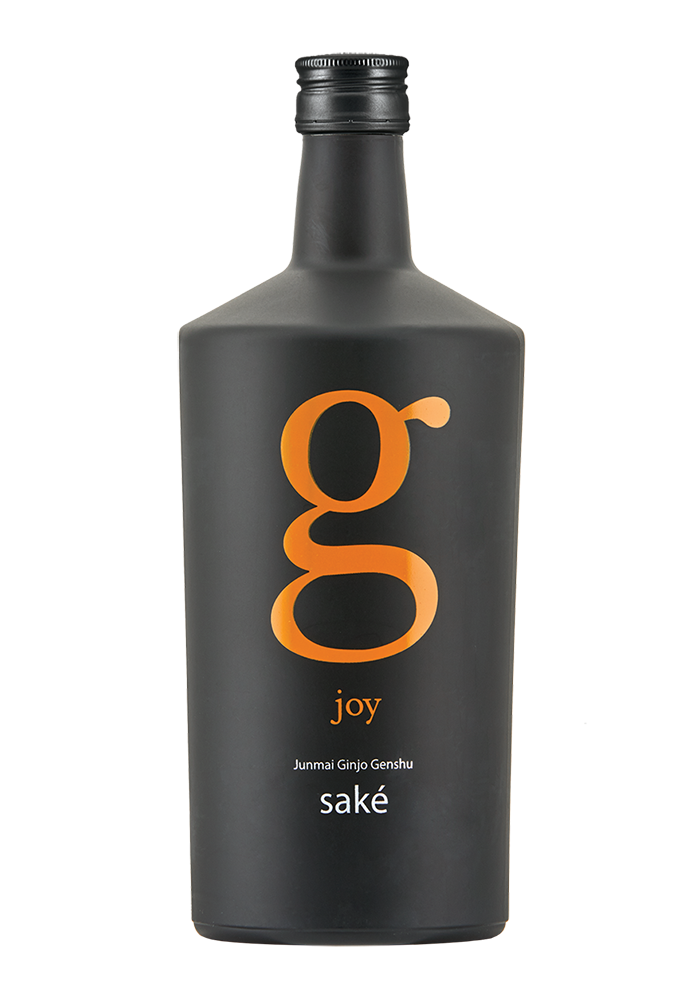
A different process in the development of the sake when the rice is smashed with a pole to create a high level of natural lactic acid.
Our recommendation: Kasumi Tsuru Kimoto Extra Dry
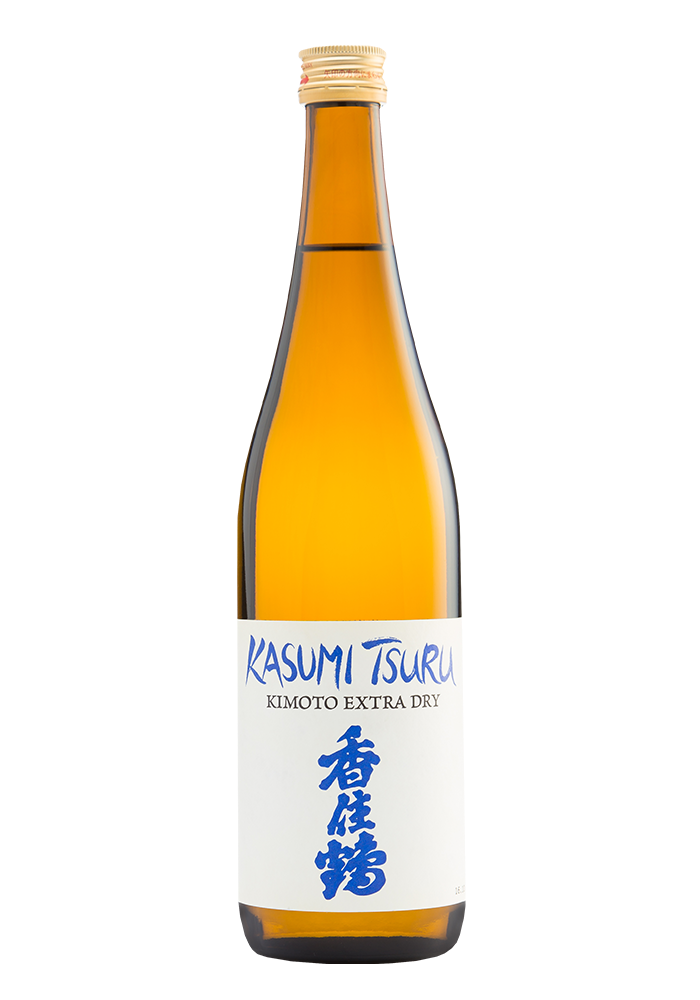
A traditional sake similar to the Kimoto sake, but without the use of poles to smash the rice.
Our recommendation: Kasumi Tsuru Yamahai
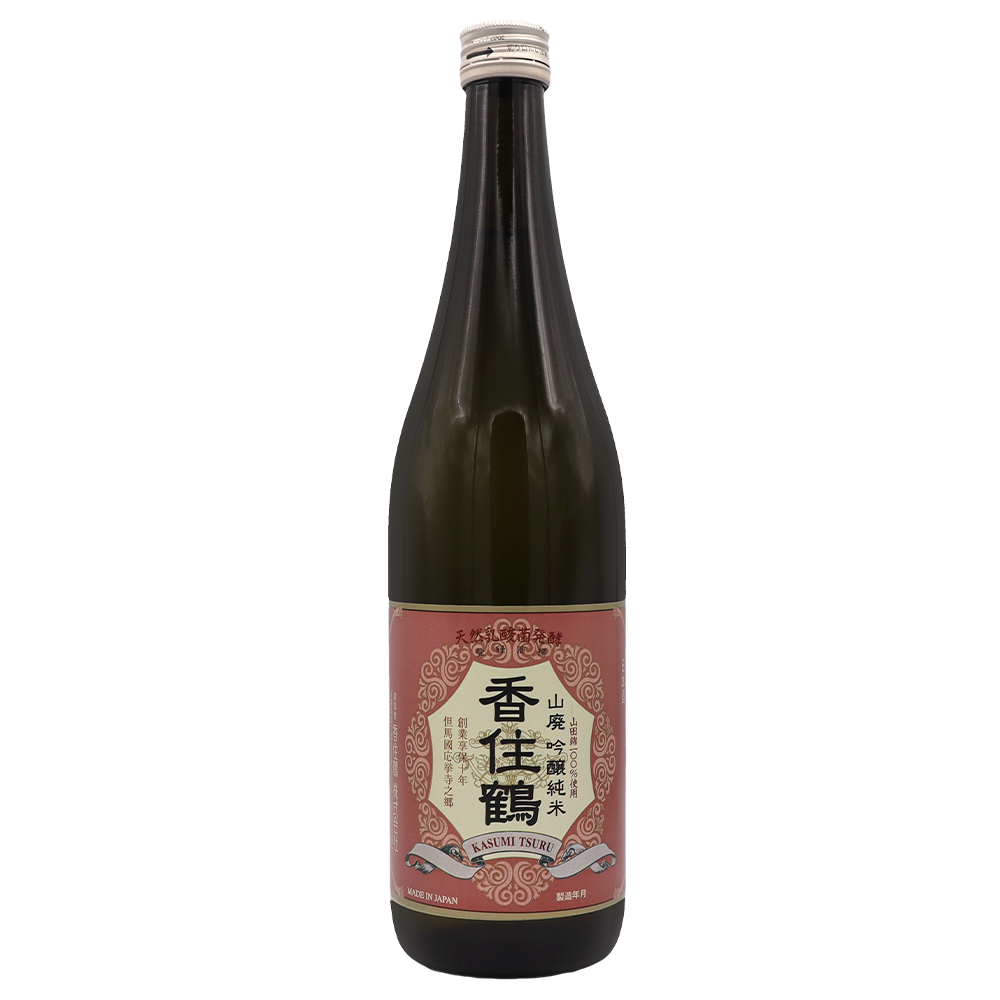
An American twist on authentic sake where flavors are added to the beverage. Delicately sweet and fruity, infused sake is delicious on its own and mixes well in cocktails.
Our recommendation: Moonstone Asian Pear
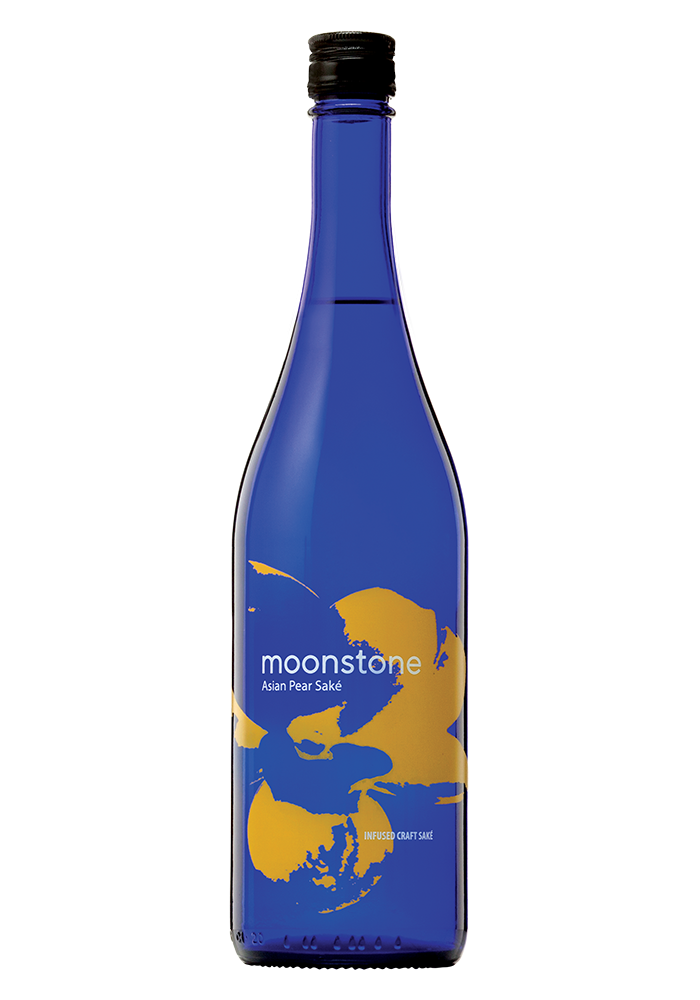
While understanding basic terminology is helpful, it’s easy to get lost in the classifications before the glass touches your lips. Start with a Ginjo or Junmai Ginjo if you’re an enthusiastic beginner. Ginjo and Junmai Ginjo have a fruity and floral aroma and are perfect for enjoying in a glass or in a sake cocktail.
Kanpai!